Episode 554 – Laying on Hands, Part 2
Manage episode 450363035 series 1755874
This week is a continuation of our exploration of the history of reiki. How did Takata Hawayo, a poor woman from Hawaii’s Nikkei community, become the foundational figure of one of the most popular New Age practices in the world? And in the end, what sense can we make of the history of a practice founded on pseudoscientific medical claims?
Sources
Stein, Justin B. Alternate Currents: Reiki’s Circulation in the Twentieth-Century North Pacific
Jordan Kisner’s excellent essay in the Atlantic, “Reiki Can’t Possibly Work. So Why Does It?”
A great overview on some of the pseudomedical claims by reiki practitioners from McGill University’s Jonathan Jarry.
Images
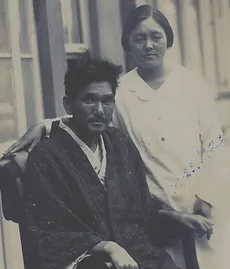
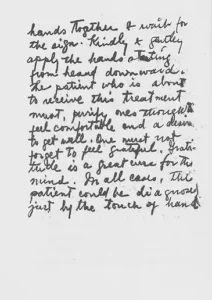

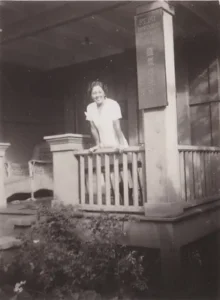

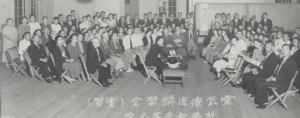
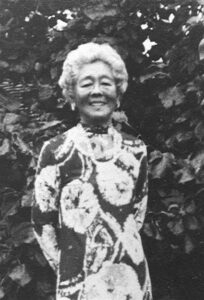
10 episodes




